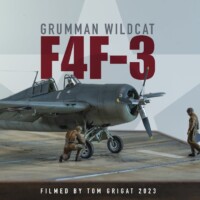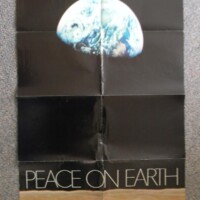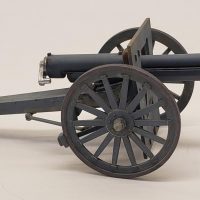12th Scale SCRATCHBUILT 16 Seat Omnibus.
I saw a couple of these Omnibuses in an old movie news reel which was shown on TV as a ‘Flashback’ segment, I liked the look of them and thought, hmmm - I think I have a working drawing for one of these vehicles.
Found the drawing and just went at it, then this eventually appeared on the workbench.
Copied the painted design from a bigger Omnibus, which is at the Cobb & Co Museum at Toowoomba, Qld, I changed a few details just to make it different.
I used CorelDraw to create/copy the designs and then used an ALPS MD 5500 printer to create the decals.
Same construction as previous models, used lots of 12BA nuts and 12BA Coachbolts to hold it all together, so I could break it down to convenient sizes for painting, then re-assemble to the finished product.
All of the bodywork is made from timber - Tasmanian Myrtle, — Nothofagus Cunninghamii.
All timber is put through a Thickness Sander to get it to the correct thickness required, as well as sanding it to a super smooth finish on the timber.
This is an added bonus for when painting the model, as NO grain rises from the sanded surfaces and NO sanding is required between the primer coat and finishing colour.
The springs are strips of brass bent to shape and a touch of soft lead solder on each end to make sure they stay there, just in case some 'foolish person' tries to push the model down just to see if the springs actually work.
The axles are made from keysteel.
All the fiddly bits that look like they should be metal/steel are brass, either rods or flats bent to shape, or machined, turned or milled, to the required shape/size.
The STEEL tyres are turned from hollow bar steel, then blued on a stove hotplate and rubbed down with Wet & Dry to look like they have been used.
ALL the round headed coachbolts are hand made on a Unimat 3, had to make a special tool just to make these little 12BA bolts real quick.
The square nuts are hand made once again, this time on a special machine I had to make, as I require hundreds of these little 12 BA nuts on every model.
Very occasionally, I will use either a PVA wood glue, or Super Glue.
Very occasionally I might have to use a store bought nut and bolt, but not very often.
Wheel construction, hub/nave - is timber with a brass axle box in it so it can never seize up, when fitted to the turned end of the axle which is keysteel.
Spokes are all timber, filed to shape and a tang on the end so the spoke cannot be driven too far into the nave.
Fellies, - I used to use timber for the fellies, but it was wasting so much timber ,that I had to find another way to make the fellies.
I tried using sheet Acrylic turned to size and attached to the end of the spokes by 10mm dress makers pins, thru holes drilled in the Acrylic.
It worked so well, that I now use Acrylic mostly, only if I need the timber look then it’s back to using timber.
The roof is actually sheet polystyrene ( 0.50 mm ) as the original roof was galvanized sheet tin, I didn’t have any sheet tin that thin, so I had to compromise.
First photo is the drawing for the Omnibus, printed in "The Australasian Coachbuilder and Wheelwright, October 1896”, these working drawings were used to make the full sized vehicles.
Then the Omnibus in the Cobb & Co Museum at Toowoomba, Qld which was used for the artwork on the model.
Followed by photo's of the model.
If anybody has any questions, then please ask ?















A fine scratchbuild Omnibus, Graham @radishus4
All the hours you spent on this build definitely paid off.
astonishing
Fantastic modelling once again.
Wow. Beyond my talents.
Excellent job once again, Graham!
Congratulations!
You have outdone yourself on this one Graham! This is absolutely museum quality work. Truly works of impeccable craftsmanship.